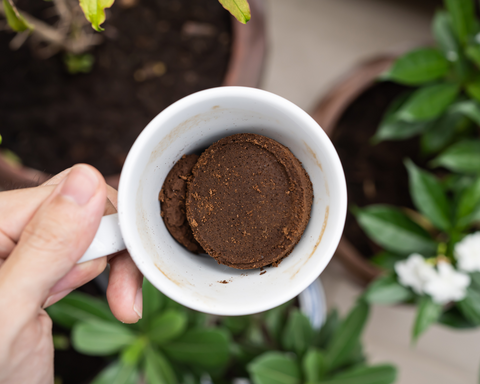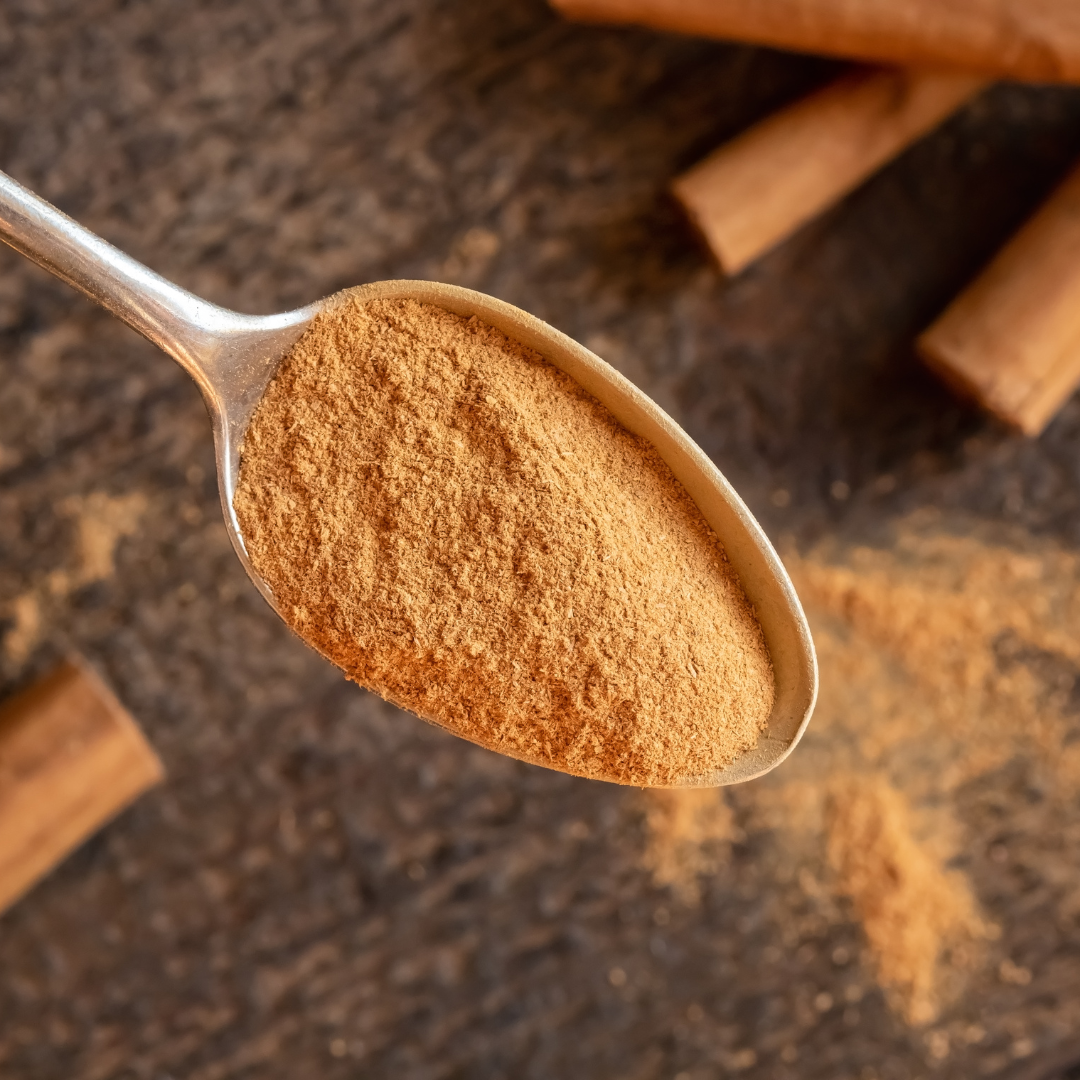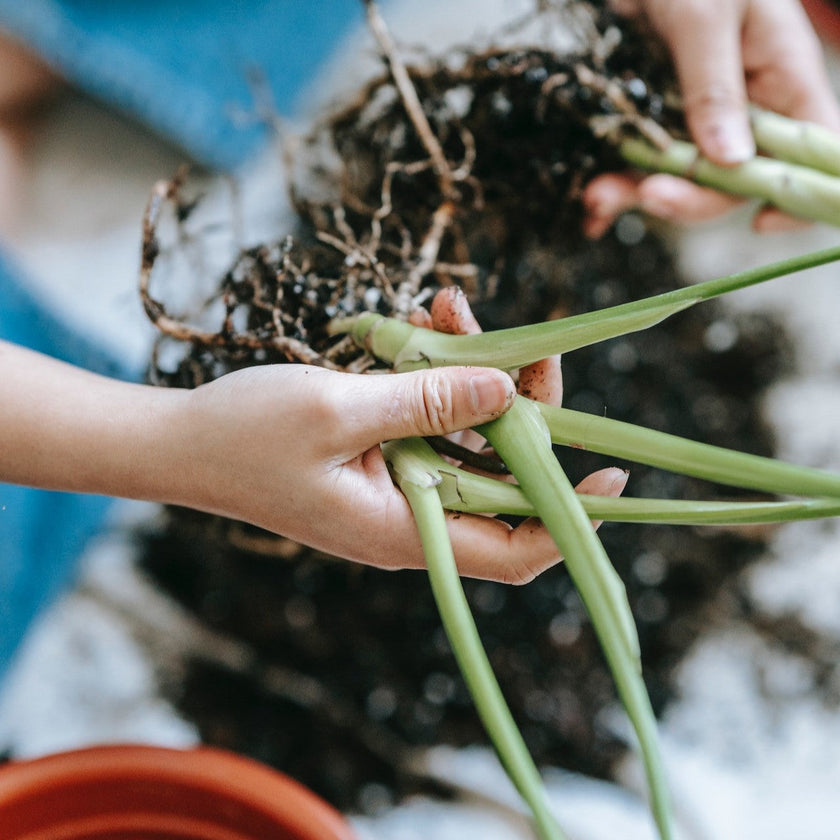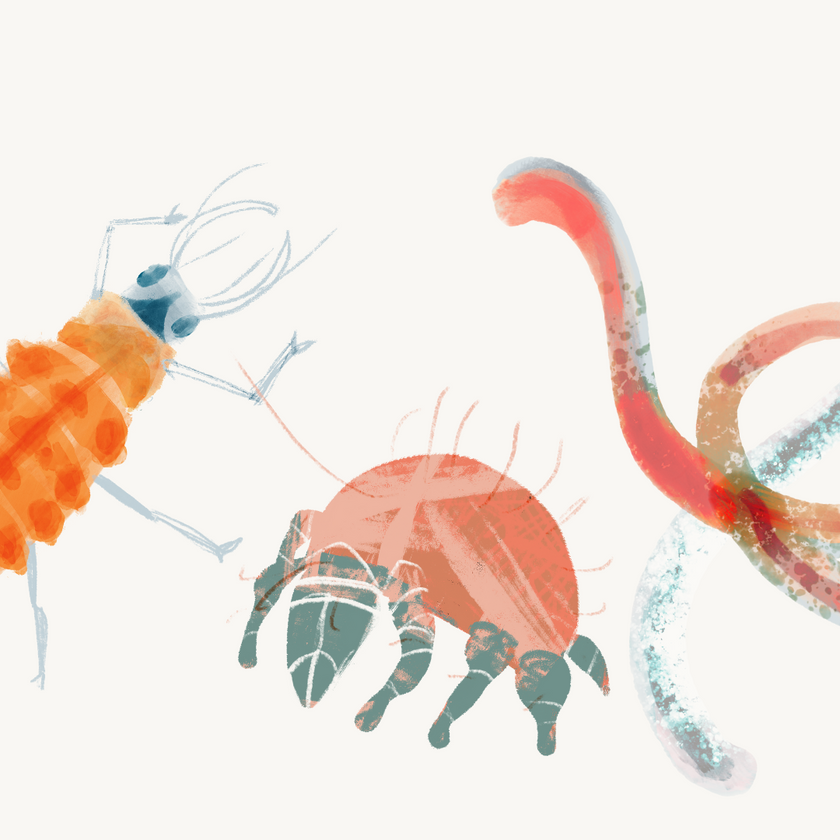
Mourning flies - those small, pesky flies that seem to appear out of nowhere and infest your beloved plants. As nature lovers, we all understand the frustration that comes with finding these uninvited guests in our beloved green oases. Fortunately, there are several methods to combat them, and one of them is the use of cinnamon. But does this actually work? Let's delve deeper into this issue.
Why fight fungus flies?
Mourning flies in houseplants pose a threat to both weakened plants and young cuttings. These tiny flies lay their eggs in the soil, and the larvae feed on organic matter and the roots of the plant. Although large, healthy plants are less affected, the adult fungus flies are still a nuisance and unsanitary for the plant owner. Additionally, they pose a risk because they can transmit fungi to otherwise healthy plants. That is why it is important to take action as soon as you notice these flies nesting in your plants.
Fight fungus flies with cinnamon
A common method to combat fungus gnats is the use of cinnamon. Cinnamon has antimicrobial properties and can be used to inhibit the growth of fungi and bacteria in the soil where the larvae of fungus flies reside. To use cinnamon, sprinkle a thin layer of cinnamon over the top layer of the potting soil. This should inhibit the development of fungus fly larvae and help prevent further infestation.While some people swear by this method and claim that it is effective, there are others who are skeptical about its actual impact. There is limited scientific evidence that cinnamon is an effective solution for controlling fungus flies.
Fight fungus flies with coffee
Another natural method that some people use to combat fungus gnats is using coffee grounds. Coffee grounds contain substances that inhibit mold growth and can lower the pH value of the soil, making the environment less attractive to fungus flies.
To use coffee grounds, mix them with the top layer of potting soil. This can help make the soil less attractive to fungus flies and their larvae. However, it is important to use coffee grounds sparingly, as too much coffee can make the soil acidic, which can be harmful to your plants.

Combating fungus flies with nematodes: a proven method
Although cinnamon and coffee grounds are often cited as natural remedies for fungus flies, there is one method that is considered particularly effective: using nematodes in combination with sticky traps . Numerous scientific studies support its effectiveness. Nematodes have been used professionally since 1986 because of their ability to specifically and effectively combat harmful organisms, such as fungus flies in mushroom cultivation.Nematodes are microscopic worms that occur naturally in the soil and are parasitic on the larvae of various insects, including fungus flies. By adding nematodes to the potting soil of your plants, you can effectively reduce the number of fungus fly larvae and prevent them from damaging your plants. The sticky traps are an ideal addition to the nematodes and catch the adult fungus flies so that they cannot lay new eggs. A top combination!


















































